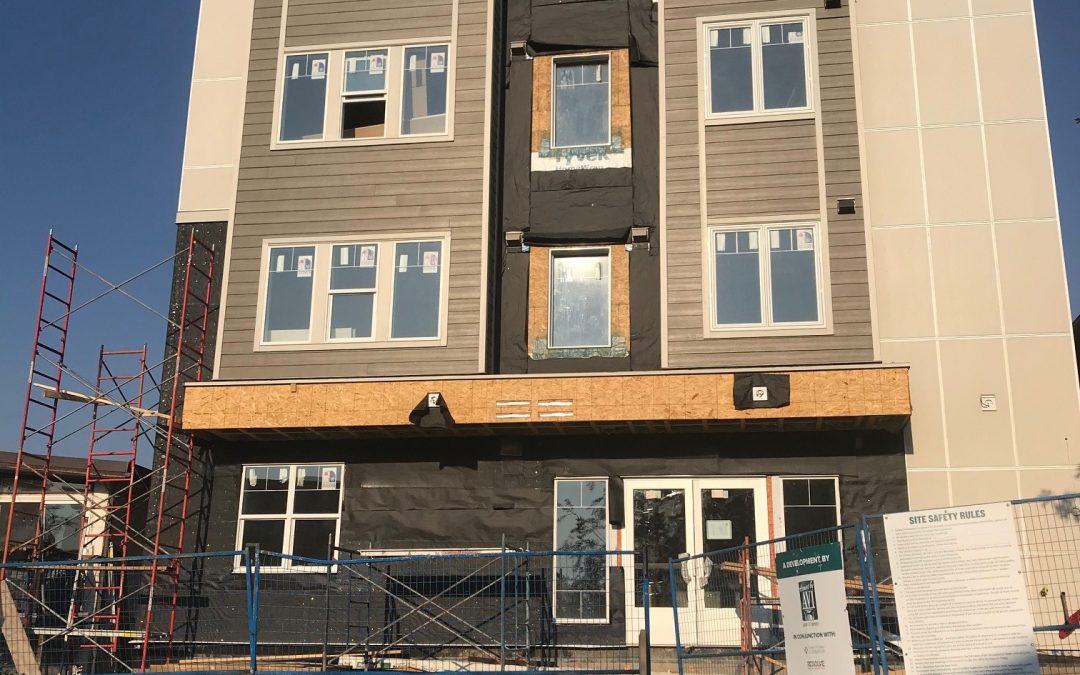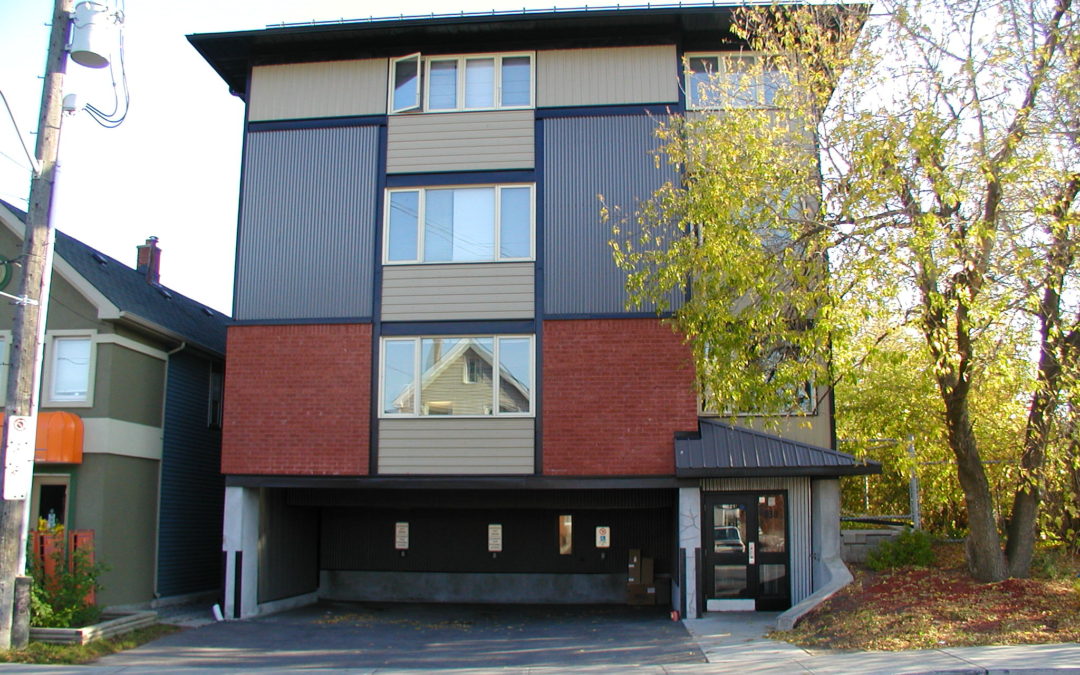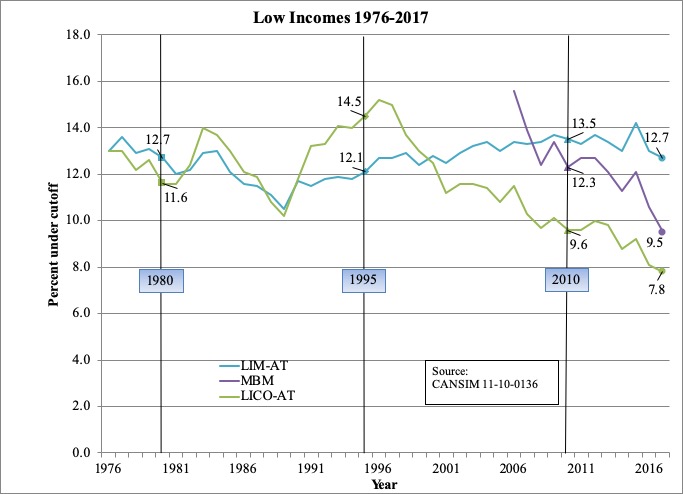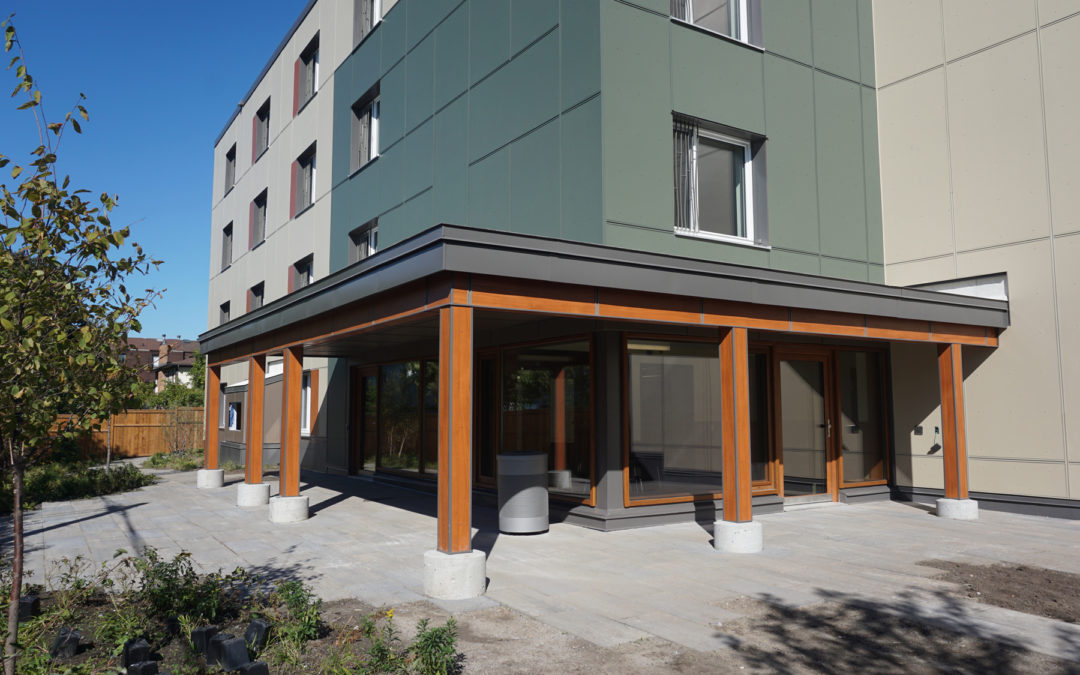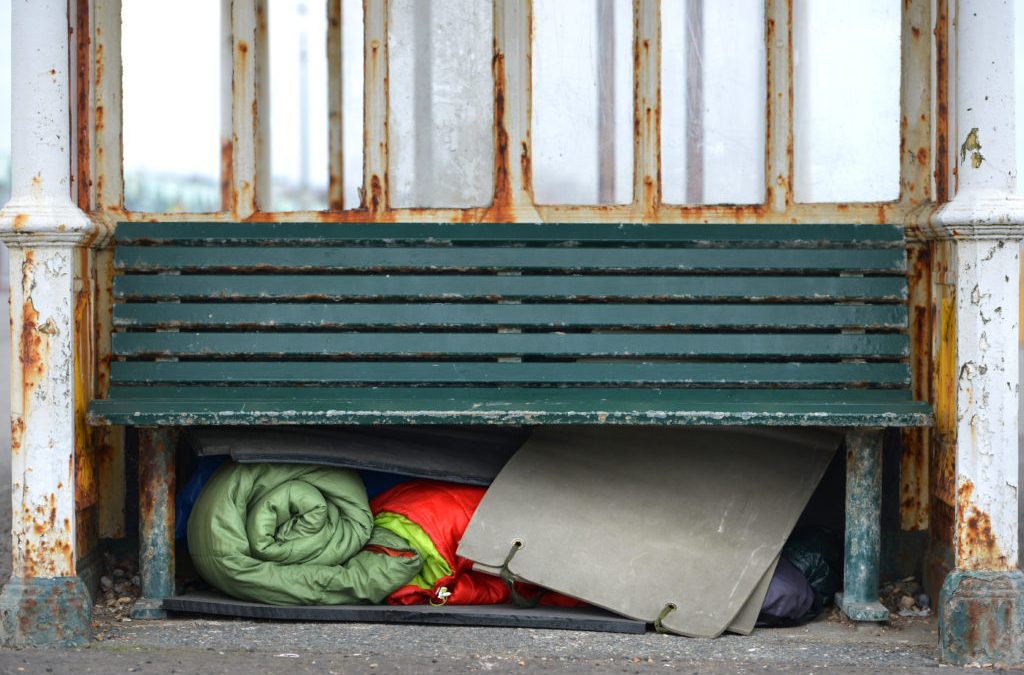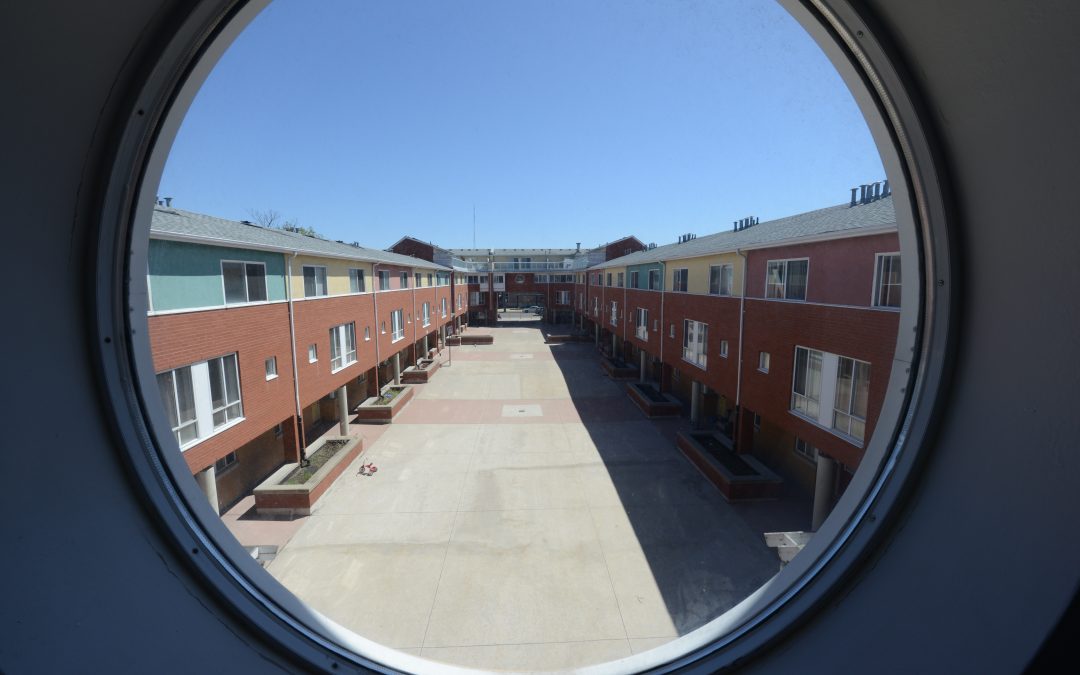
Social assistance: Do higher benefit levels lead to higher caseloads?
Social assistance: Do higher benefit levels lead to higher caseloads?
I’ve recently co-authored a journal article[1] with Ali Jadidzadeh that asks the question: Do higher social assistance benefit levels lead to greater take-up? The short answer is yes, but that doesn’t mean we shouldn’t increase benefit levels.
Here are 11 things to know about the study.
1. The study looks only at employable adult singles without dependants. Other studies asking the same question have looked at other household groups; but ours focuses on single adults without dependants in part because this group receives very little public policy attention, and in part because they comprise most persons experiencing absolute homelessness in Canada.
2. While the study measures the impact of a variety of independent variables on caseloads, the one we were most interested in was benefit levels. Other independent variables considered in the study are: the official unemployment rate; ‘working poor’ income (e.g., third and fourth decile income); population variation over time; and social assistance rule changes.
3. The study uses three alternative models to estimate the impact of these variables. Essentially, different measurement techniques have their strengths and weaknesses, so it’s common for statistical work like this to use a variety of approaches so that the reader can compare findings.
4. The first model finds an important relationship between benefit levels and caseload growth. Specifically, it finds that a 1% increase in the real (i.e., inflation-adjusted) value of benefit levels results in a 0.372% increase in caseloads. This model uses pooled Ordinary Least Squares (OLS), an approach that doesn’t account for provincial fixed effects (i.e., characteristics of provinces that don’t vary over time). These results should therefore be taken less seriously than the other two models.
5. The second model finds a rather modest relationship between increases in benefit levels and caseload growth. Specifically, it finds that a 1% increase in the real value of benefit levels results in just a 0.157% increase in caseloads. This approach uses fixed effects OLS, meaning it accounts for unobservable provincial characteristics.
6. The third model finds the relationship to be a bit stronger. This approach uses Panel Fully Modified OLS and finds a 1% increase in the real value of benefit levels to result in a 0.457% increase in caseloads. This approach is considered good when researchers want to study long-run relationships between continuous (i.e., quantifiable) variables. It’s a relatively new approach that has gained currency in the past five years.
7. There’s an important takeaway from this. Specifically, a 10% increase in the real value of social assistance benefit levels would likely result in caseload growth for this group of between 1.57% and 4.57%. Many observers would consider this to be modest caseload growth.
8. Rule changes are important, but they are difficult to measure. In the mid-1990s, several large provinces introduced strict eligibility criteria (including the introduction of work-for-welfare provisions). The study finds their impact in reducing caseloads to be statistically significant. However, in general, it is very challenging for statistical analysis to measure the impact of rule changes on caseloads.
9. The unemployment rate has a modest impact on caseloads. In the first model, a one percentage point decrease in the unemployment rate is found to be associated with a 7.3% drop in caseloads (in the second model, it’s associated with a 5.8% drop). One implication from this is that provincial and territorial officials should not expect job creation alone to wipe out social assistance caseloads for employable singles.
10. The study cautions policymakers against focusing too much on the sizes of caseloads. In other words, when deciding on the appropriate levels of benefits, the study encourages policymakers to consider positive outcomes associated with higher benefit levels.
11. Higher social assistance benefit levels can help accomplish other policy objectives. As the study points out, they can reduce the percentage of Canadians living in poverty, reduce levels of food insecurity, improve health outcomes and reduce homelessness (all of which can result in savings of their own to the taxpayer). So if higher benefit levels also result in modest caseload growth, that may not be so bad.
In sum. There are many positive outcomes associated with higher social assistance benefit levels. Having said that, when policymakers decide to increase benefit levels, they should budget for some increased take-up.
I wish to thank the following individuals for assistance with this blog post: Susan Falvo, Ali Jadidzadeh, Richard Shillington and Vincent St-Martin.
[1] For a full copy of the article, please email me at falvo.nicholas@gmail.com.
